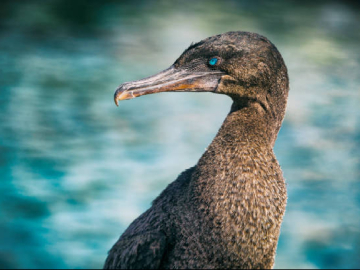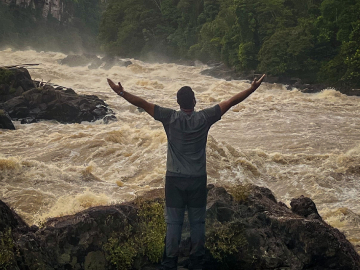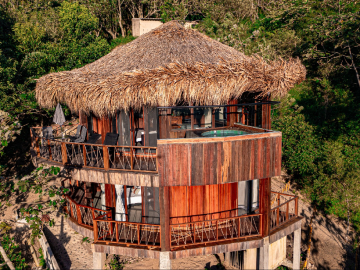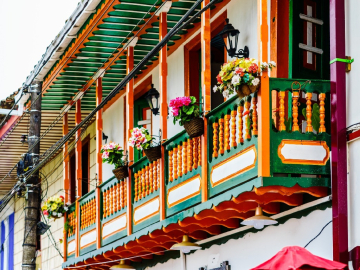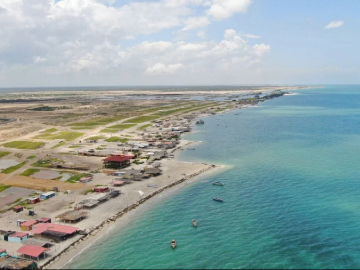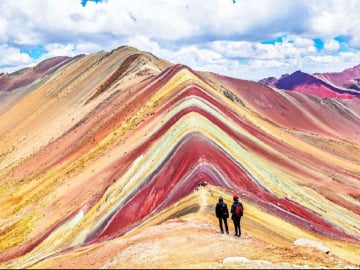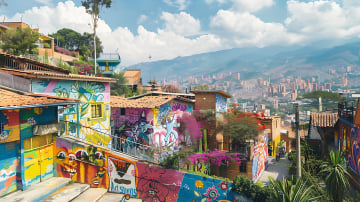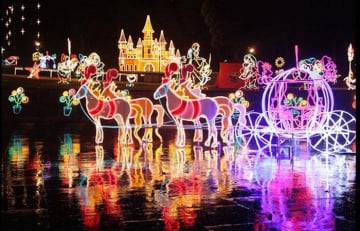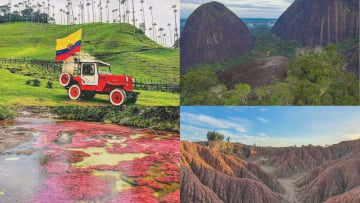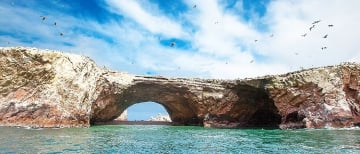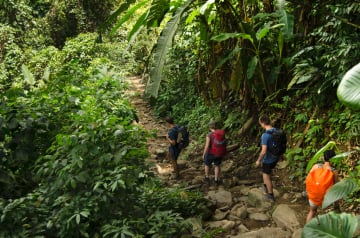Libertador Route, another way to travel and know Colombia through its history
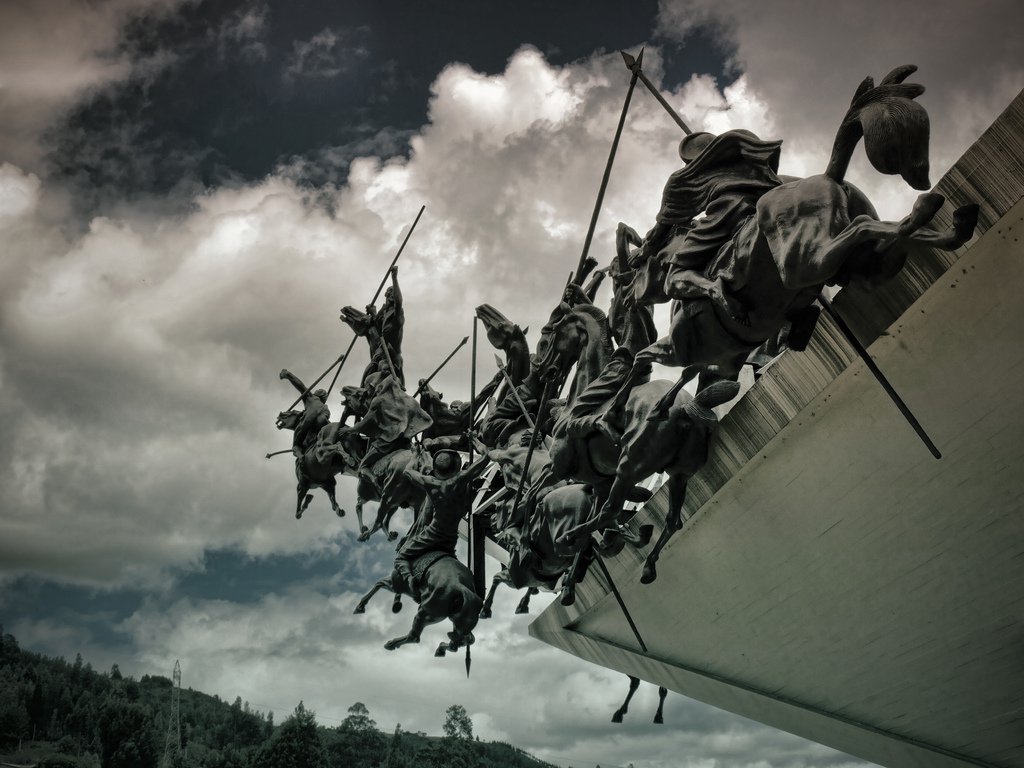
The liberating route, was born as a new and interesting way to get to know Colombia, visiting the key places that witness the process of independance of Colombia from the Spanish crown.
The 20 of July and the 7 of August , are two dates, which commemorates the events that gave place to the liberating campaign led by Bolivar, Anzoategui and Santander, that turn into ideal days to remember all our history and invite you to travel the country throug the places where the future of Colombia was wrought.
That is why, with this liberating route, proposed by the Government, we invite you to know the country in a different way; On one hand, you will to relive the history, going through the scenarios of Colombia's independence and, on the other hand, to enjoy the landscapes and gastronomy offered by these places.
Therefore, if you are a history and travel loverl , or want to know part of the country from a different perspective, cheer up and sign up to this liberating route that we offer to you today.
Relive history with the Libertador Route
The Libertadora Route ismade up of a total of 28 townships between Boyacá, Cundinamarca, Bogotá and the eastern plains, where you can visit places such as the Boyacá Bridge, the Vargas Swamp, the Chivatá Hermitage, Gámeza, Tunja, Paipa, Sogamoso and Socha
This route, as established by the Ruta Libertadora Tourist Alliance, consists of four stges. The first stage is to visit the places of Bogotá and Cundinamarca, where the Campaign culminated with the triumphant entry of Bolivar and the liberating army.
The second one offers the possibility of visiting the beautiful landscapes and towns of the Boyacá countryside, the department where the decisive battles took place. The third stage, the crossing by the mountain range towards the immense Eastern Plains, is the most difficult and is only recommended for walking experts.
Finally, the fourth circuit is ideal to undertake it from Bogotá, go down to the Eastern Plains through Villavicencio, and from there go to Sabanas de Casanare and Arauca where the emancipatory deed was devised and the troops were organized.
The liberating route can be done at any time of the year and it is possible to do it by car or with the municipal buses.
Actividades relacionadas
Estos son los las actividades relacionadas con el articulo
Articulos relacionados
Estos son los articulos relacionados



